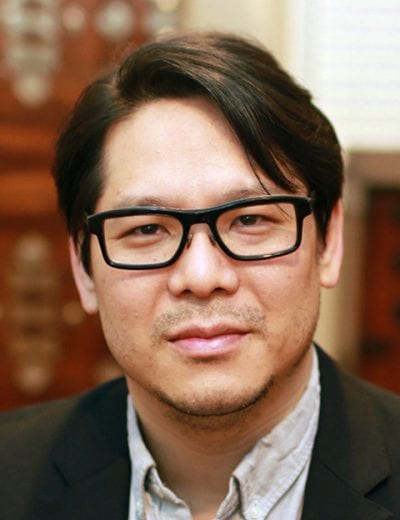2019, 2022
The risk of developing Alzheimer’s disease (AD) increases with age, and identifying the cellular processes that occur in aged neurons will provide significant insights into the pathogenesis of AD. The ability to derive and grow human neurons that mimic neurons of elderly individuals will offer experimental tools to investigate cellular properties in aged human neurons that contribute to AD pathology. We previously have demonstrated the feasibility of generating human neurons by ectopically expressing small RNA molecules termed microRNAs in dermal fibroblasts and altering cells’ “fate” directly to neurons. This conversion process occurs through microRNAs’ function to erase fibroblasts’ identity and orchestrate their identity transition to neurons. The overall goal of the Cure Alzheimer’s Fund grant was to implement the microRNA-mediated direct conversion to model AD using patient-derived neurons by generating the types of human neurons affected in AD. From this project, we learned that human neurons generated through the direct neuronal conversion retained the age information stored in the starting fibroblasts, resulting in the generation of human neurons that reflect fibroblast donors’ age. This age maintenance of converted neurons was an integral component of recapitulating cellular phenotypes associated with adult-onset neurodegenerative disorders, including Huntington’s disease. The Cure Alzheimer’s Fund grant offered opportunities to refine the cellular reprogramming approaches to generate different types of human neurons affected in AD. Our current research goal is to use reprogramming approaches to model AD from the patient samples and investigate AD-associated phenotypes in various types of human neurons.
2016-2018
The ability to derive and grow human neurons in tissue culture from elderly individuals will offer invaluable tools to study how advancing aging, the strongest risk factor for Alzheimer’s disease, affects neuronal properties later in life. My research team developed an experimental approach to convert (reprogram) skin fibroblast cells from human individuals directly into neurons without the usual requirement of reverting the cells back to stem cell stages. Our method utilizes small molecules called microRNAs, which can be combined with additional genetic factors to generate specific types of neurons. Here, we propose to devise a microRNA-based reprogramming technique to generate neuronal subtypes affected in early stages of Alzheimer’s disease with high efficiency and specificity. Using this approach, we will generate human neurons from the donors of multiple age groups, and analyze age-related signatures in converted neurons across the age spectrum. If this project succeeds, we will be able to generate human neurons reflecting all ages, and discover the biological changes that occur at different stages of life. With these powerful tools in hand, we will be able to elucidate how neurons age and function differently across the age spectrum. Our work eventually will offer insights into cellular properties intrinsic in aging neurons that make them susceptible to neurodegenerative diseases later in life. By devising biomarkers that indicate the aging status of neurons, our work ultimately will lead to an experimental platform to screen for drugs that one day may promote healthy brain function throughout life.


